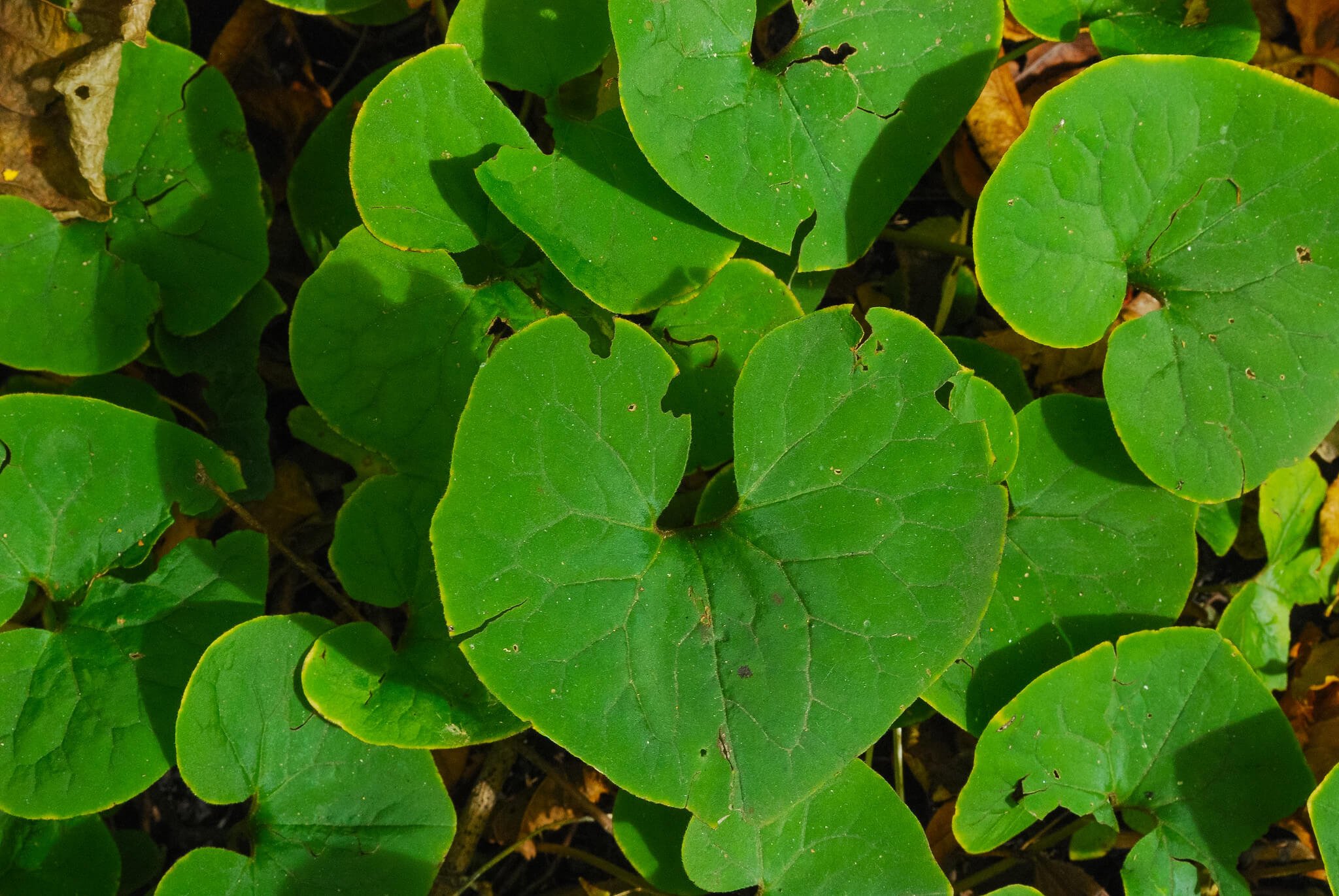Hairy Mountain Mint (Pycnanthemum verticillatum var. pilosum)
Hairy Mountain Mint, like most Mountain Mints, are always covered in pollinators of all kinds. It’s surprising how many insects are strongly attracted to the flowers, including many different native bees and small butterflies (illinoiswildflowers.info). Its long bloom time makes it a superb choice for those of us who want to keep those pollinators well-fed and it is the host plant to 4 species of butterflies and moths in our area (nwf.org). Mammalian herbivores rarely bother this plant because the mint fragrance of the leaves and stems repels them. Hairy Mountain Mint is considered threatened in Michigan (mnfi.anr.msu.edu). Keep in mind that this plant can spread vigorously in the right conditions, so choose your planting spot accordingly.
Hairy Mountain Mint, like most Mountain Mints, are always covered in pollinators of all kinds. It’s surprising how many insects are strongly attracted to the flowers, including many different native bees and small butterflies (illinoiswildflowers.info). Its long bloom time makes it a superb choice for those of us who want to keep those pollinators well-fed and it is the host plant to 4 species of butterflies and moths in our area (nwf.org). Mammalian herbivores rarely bother this plant because the mint fragrance of the leaves and stems repels them. Hairy Mountain Mint is considered threatened in Michigan (mnfi.anr.msu.edu). Keep in mind that this plant can spread vigorously in the right conditions, so choose your planting spot accordingly.
Hairy Mountain Mint, like most Mountain Mints, are always covered in pollinators of all kinds. It’s surprising how many insects are strongly attracted to the flowers, including many different native bees and small butterflies (illinoiswildflowers.info). Its long bloom time makes it a superb choice for those of us who want to keep those pollinators well-fed and it is the host plant to 4 species of butterflies and moths in our area (nwf.org). Mammalian herbivores rarely bother this plant because the mint fragrance of the leaves and stems repels them. Hairy Mountain Mint is considered threatened in Michigan (mnfi.anr.msu.edu). Keep in mind that this plant can spread vigorously in the right conditions, so choose your planting spot accordingly.
Life Cycle: Perennial
Sun Exposure: Full, Partial
Soil Moisture: Medium, Medium-dry
Height: 2-4 feet
Plant Spacing: 1-1.5 feet
Bloom Time: June-August
Bloom Color: White
Advantages: Pollinator Favorite, Bird Favorite, Deer Resistant, Recommended, but vigorous
Host: 4 species of butterflies and moths use this as a caterpillar host plant in our area (nwf.org)
Species of Concern: State Status: Threatened (legally protected). State Rank: Imperiled (mnfi.anr.msu.edu)
Good companions: Bee Balm, Ironweed, Blazingstar, Nodding Wild Onion, Joe-Pye, Swamp Milkweed, Common Ironweed, White Turtlehead, Blue Lobelia






